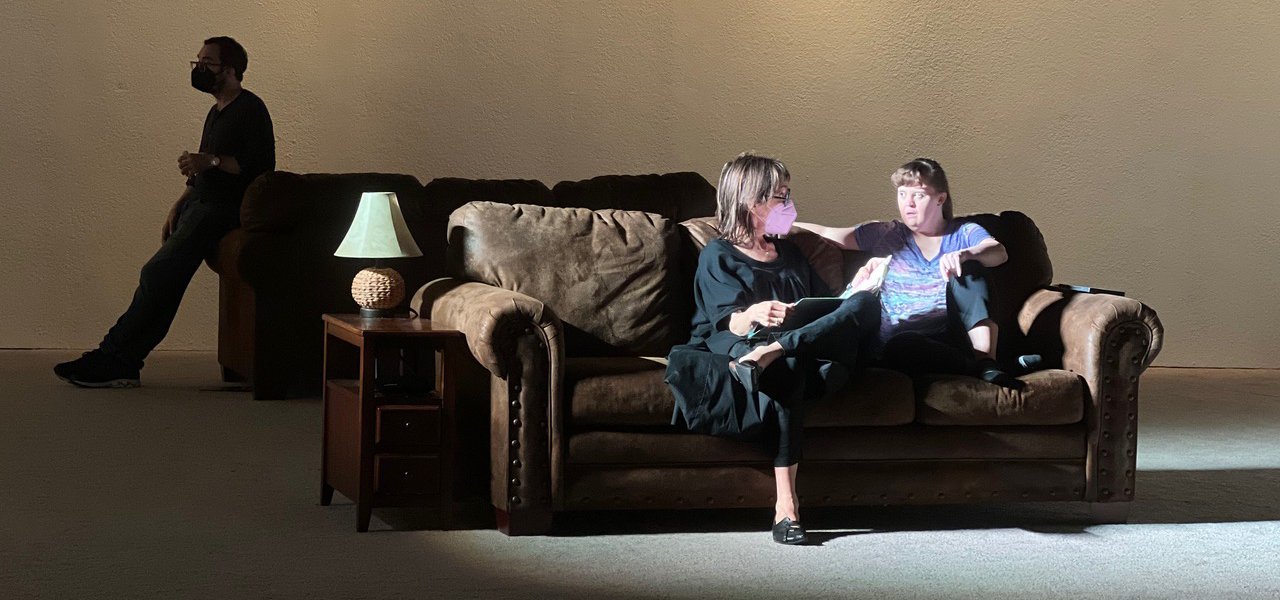Approach
If the human voice is a conduit to truth, my work is to guide actors through their unique pathways to the deepest embodiment and expression of themselves, their characters, helping to birth the whole human.
What is the deepest embodiment and expression of your truth? Have you ever experienced it? What is a free breath? Have you ever experienced one? Tapping into our tidal breath through release work and allowing our body to determine when it needs or wants breath, when it needs or wants to release the breath, brings us to a deeper center of ourselves. We become aware of the breath as the root of listening: the breath as a conduit to the present moment and how we feel about it; the breath brings us into presence inhabiting every aspect of our bodies.
There is no single approach to the work we do together. Our work is informed by you. I listen and respond to your magnificant uniqueness.
FREEING THE VOICE
Freeing the voice from physical or emotional entrapment requires an awareness of where the holds of tension exist in the body. We release those centers of tension through a series of exercises. For many of us, releasing tension means a paradigm shift in our entire skeletal alignment. These shifts create more space in the body, allowing for a freer, deeper breath.
TIDAL BREATH AND BREATH SUPPORT
We discover the body’s state of readiness to receive or release a breath and tap into our tidal breath. Similar to oceanic tides, each of us has a unique tidal breath cycle. Within our tidal breath is tremendous power. Speaking becomes effortless. The voice travels to its target on breath. Breath support is the foundation for the voice. By connecting two systems of support, the action of free swinging ribs and the vertical drop of breath into the low abdomen, to the onset of sound, we set the voice sailing out on the release of breath, free from muscular tension. The return of breath through an open channel is a profound moment of discovery in the present rather than the past or the future.
PHYSICAL CHALLENGES
Producing supported, open sound in physically challenging situations. Many of us find that we can lie on our backs, relax, release, and drop into the breath. In performance, we are constantly in heightened states of duress. The process of producing a fully supported voice with rich, resonant overtones, in the heightened states we find ourselves in onstage is a key element in the work. We discover how to manage physical chaos and maintain vocal integrity.
COMMUNICATION
Vocal expression, at its richest, manifests as communication. Building on the foundation of tidal breath and deep listening, we voice with resonance, range, melody, articulacy and a need to communicate driving the action. Communication involves a heightened sense of give and take. Listening and receiving is at the core of the process. How do we compel others to listen? By being present in the moment, embodying the text, making a personal connection with what we’re saying, and using our breath to connect with others. When we release the thought on a tidal breath we are not simply heard, we communicate.
Will Dagger, Gigi, Jamie Breuer, Corsicana
The Actor’s Voice and Shakespeare’s Text
A VISCERAL APPROACH TO SPEAKING SHAKESPEARE’S TEXT
Shakespeare’s glorious texts lead actors into a breath- triggered, instinctive discovery of the thought, and personal connection to the text. The result is ownership and embodiment of complex language at once organic and dynamic. The workshops begin with explorations of the body and states of readiness; two systems of breath; freeing the breath; the bridge from breath to voice and the onset of sound; resonance; vocal range; placing the voice and landing the thought. The goal is vocal release and transparency allowing each actor to drop into the center of their voice with a need to communicate. Articulation activation is awakened through improvisation with plosive, fricative, nasal, approximate, and lateral sounds; long and short vowel sounds; diphthongs and triphthongs. Actors will voice Shakespeare’s texts in physically activated ensemble exercises.
STRUCTURE
—How does verse structure release sense, character, and circumstance?
—How do we work with repeated sounds, repeated words, and words with multiple meanings?
—What do we do with rhyme?
—How do we clarify the spine of a thought and its many offshoots?
—How do we quest through the argument in a heightened state of presence while responsive to impulses occurring in the moment?
—How does the forward momentum of the verse help actors to find spontaneity and depth of character?
—How do, “aha,” moments remain active over multiple performances of a character and text?
Heroes of the Fourth Turning: with John Zdrojeski, Michele Pawk, Zoë Winters, Danya Taymor and Julia McDermott


